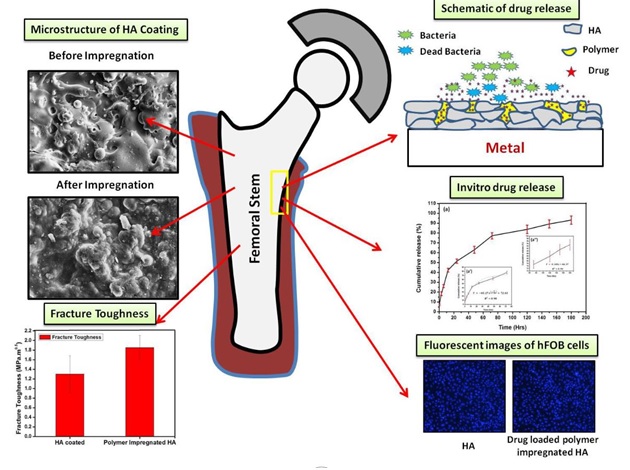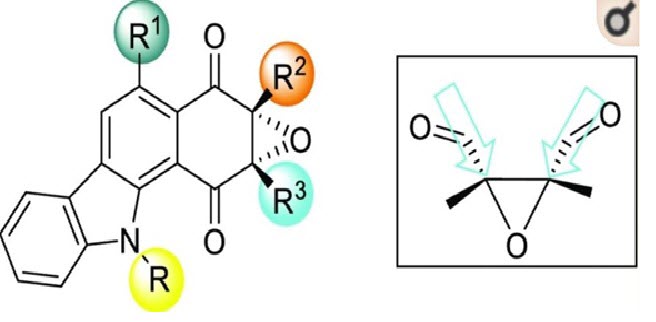Using lipidomics, a technique that measures the composition of blood lipids at a molecular level, and machine learning, researchers at Lund University in Sweden have identified a blood lipid profile that improves the possibility to assess, several years in advance, the risk of developing type 2 diabetes. The blood lipid profile can also be linked to a certain diet and degree of physical activity.

Blood contains hundreds of different lipid molecules that are divided into different classes, such as cholesterol and triglycerides.











